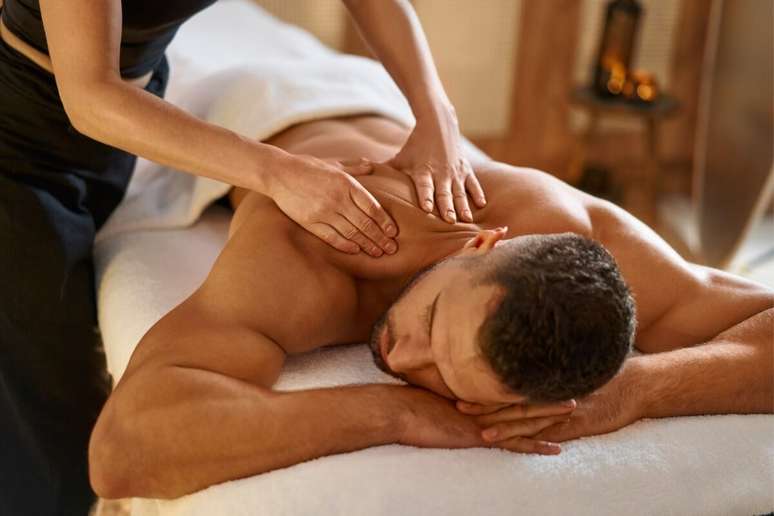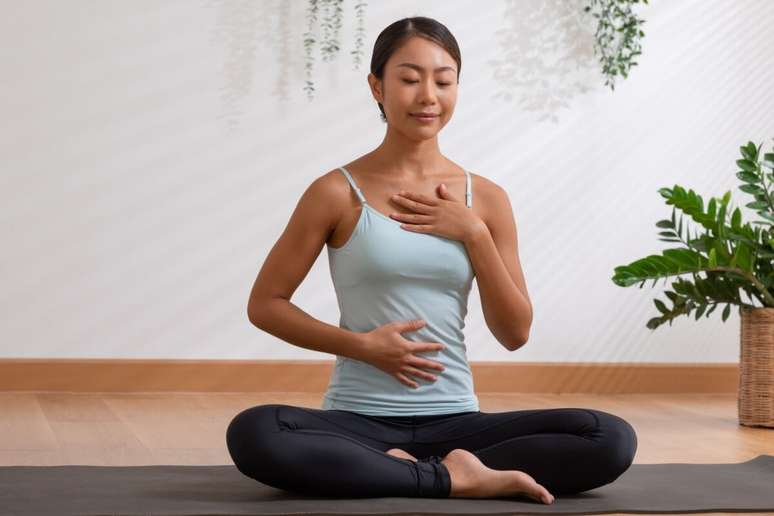Discover practices that help promote physical and mental health
In an increasingly fast-paced world, managing stress and maintaining emotional well-being have become essential health concerns. Physiotherapy, traditionally associated with physical rehabilitation, can also play an important role in alleviating emotional symptoms through relaxation techniques and myofascial release (regional muscle pain).
Simone Cury Andery Pinto, coordinator of the Physiotherapy course at Faculdade Anhanguera, explains that relaxation techniques have shown significant benefits in managing stress and anxiety. “Methods such as diaphragmatic breathing and specific stretching can be extremely effective in reducing emotional tension and promoting a state of calm,” he says. These techniques help regulate the autonomic nervous system, which controls the body’s stress responses. Below, check out 3 of them!
1. Diaphragmatic breathing
THE breathing the diaphragm, for example, is a simple but powerful technique. “By focusing on deep, slow, diaphragmatic breathing, we can activate the parasympathetic nervous system, which is responsible for relaxing the body and reducing the stress response,” explains the teacher. Regular practice can help control anxiety and improve the quality of sleep.

2. Myofascial release
Another method highlighted by Professor Simone Cury is myofascial release, a technique that aims to relieve muscle tension and improve circulation. “Myofascial release involves applying pressure to specific points on the muscles to release built-up tension,” she explains.
This technique not only relieves physical pain, but can also contribute to a more relaxed state of mind. “This can be especially helpful for people who accumulate stresstension and pain in specific areas of the body. In this way, the technique promotes muscle relaxation and contributes to general well-being”, says the specialist.
3. Stretches
Stretching also plays an important role in managing stress. The teacher emphasizes this regular practice helps reduce muscle stiffness and improve flexibility. “Stretching, especially when combined with breathing techniques, can help release endorphins, which are natural hormones that promote feelings of well-being and relaxation,” explains Simone Cury.
Regularity is essential
In addition to physical techniques, the physical therapist emphasizes the importance of integrating these practices into your daily routine. “To achieve lasting benefits, it is essential to incorporate these relaxation techniques into your daily routine, even for short periods. Regularity is key to achieving significant improvements in emotional health,” he advises.
The professor also emphasizes that finding a qualified professional to assist in this process is essential for the success of the therapies.
By Bianca Lodi Ring
Source: Terra
Ben Stock is a lifestyle journalist and author at Gossipify. He writes about topics such as health, wellness, travel, food and home decor. He provides practical advice and inspiration to improve well-being, keeps readers up to date with latest lifestyle news and trends, known for his engaging writing style, in-depth analysis and unique perspectives.







